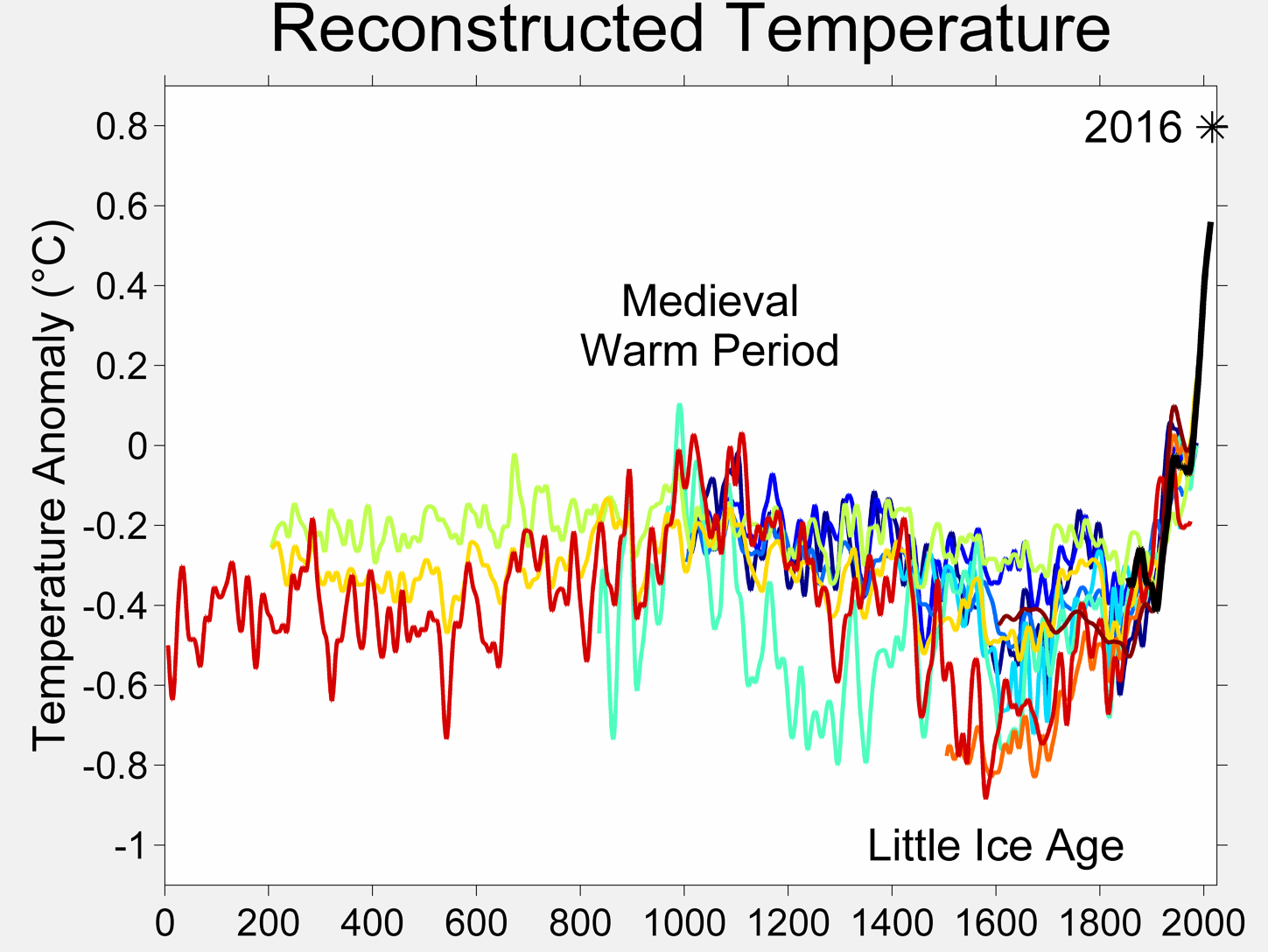The Rise and Fall of the Swedish Empire
| The Swedish Empire in Early Modern Europe Credit: Memnon335bc (CC-BY-SA 3.0) |
How forests and metals changed the country
From 1560 to 1720, Sweden was the most powerful country in Northern Europe, based mostly on its very productive metal mines (silver, copper, steel) but also on aggressive foreign policy backed up by high-quality steel weapons. The production of these mines and weapons required large amounts of energy for mining and smelting. Wood and charcoal were the primary energy carriers used in those days but required large tracts of forests.
During this time (1650-1800), Sweden changed it's property laws and went from public to private ownership of forests since forests were mainly used for household consumption, without clear ownership rules, and didn't generate any economic value. This changed forestry incentives.
Moreover, the little Ice Age, at its worst period in 1500-1600s, resulted in failed harvests and starvation that made European countries more aggressive towards their neighbours in attempts to expand their land area, as to grow more food. But the cool period also helped the Swedes in terms of enabling them to be able to cross the frozen sea from Germany and defeat Denmark in 1658.
Moreover, the little Ice Age, at its worst period in 1500-1600s, resulted in failed harvests and starvation that made European countries more aggressive towards their neighbours in attempts to expand their land area, as to grow more food. But the cool period also helped the Swedes in terms of enabling them to be able to cross the frozen sea from Germany and defeat Denmark in 1658.
 |
| Credit: Saperaud~commonswiki (CC-BY-SA 3.0) |
According to Sundberg (1992) a typical forester and his family were self-sufficient on 2 hectares of farmland, 8 hectares of pasture and 40 hectares of forest which in turn generated some 760 GJ (or 211 MWh) of charcoal per year for the mines. That gives an EROI of roughly 4:1, i.e. very low return on investment, according to Hall (2015). As with all finite resources, the Swedish mines reached a peak in production in 1632, according to Sverdrup & Ragnarsdóttir (2014). Fifty six years later, in 1688, the Swedish Empire reached it's wealth peak, after which costs got larger until they exceeded wealth in 1712. Observed collapse occurred between 1732 and 1750.
Empire
|
Discovery peak
|
Resource Peak
|
Wealth Peak
|
Cost > Wealth
|
Collapse
|
Swedish
|
1520
|
1632
|
1688
|
1712
|
1732-1750
|
The biomass-backed system was sustainable as long as the forests were not overharvested, which did not occur until the middle of the 19th century, a time when many Swedes (1.3 million) left for America. During this time (1800-1850) the population had increased at a time when property prices were sky high and people started overharvesting the forests.
 |
| Source: SIFI |
Today many experts estimate that Sweden has regained a forest area similar to that of the early 19th century, before the massive deforestation took place. Some 27,528,000 hectares, or 67% of the country is forested. However, it is a completely different type of forest. Only a few percentages (17%) of the old forest has been preserved, the rest is planted forest with much lower diversity of species and ages. Our forests are thus less resilient to shocks and disturbances, for example to climatic changes, something people hadn’t really noticed until the massive forest fire that broke out in Västmanland in 2014.
.png)






1709 Battle of Poltava: Sweden's reverse chronology imitation of Napoleon invading Russia probably had a little to do with it too.
ReplyDeleteSo Scania is just the old name of Skåne.
ReplyDeleteYep
Delete- Fare for store barkbilleangrep i fremtiden:
ReplyDeletehttp://forskning.no/skog-insekter/2015/11/fare-store-barkbilleangrep-i-nord
"Granbarkbillen drepte nær 10 millioner kubikkmeter gran under utbrudd i Sør-Skandinavia på 1970-tallet. Nye studier indikerer at klimaendringer kan fremme store billeangrep i de nordlige granskogene i fremtiden."